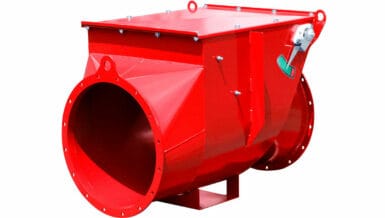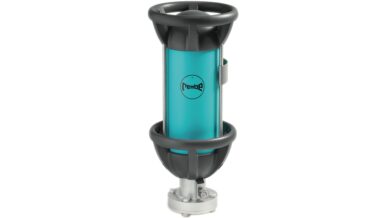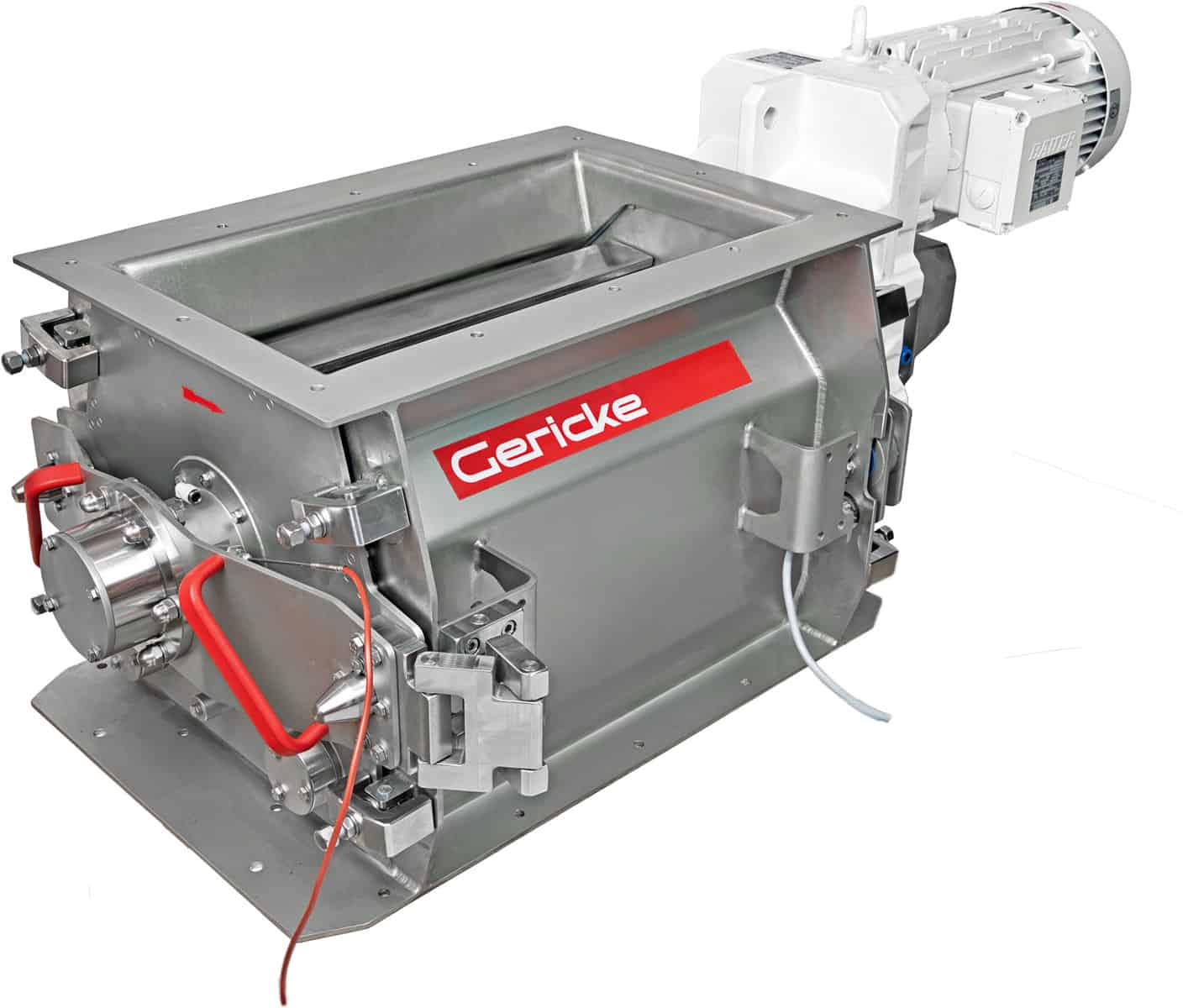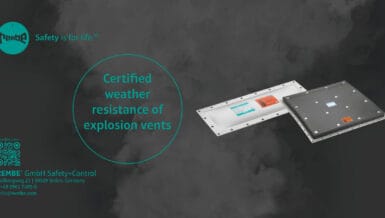Since 2010 Fike has conducted substantial experimental research on the behavior of dust flame propagation in industrial-scale pipelines and passive explosion isolation systems. After earlier development of its ValvEx flap valves up to size DN400, Fike has now achieved safe passive explosion isolation up to DN800, thereby offering new attractive possibilities for safe powder and bulk dust handling process industries.
During a deflagration, DFI reliably isolates pressure and flames from interconnected equipment. Its unique, lightweight-dual-flap mechanism allows the device to close quicker than most single-flap valves, meaning it may be installed closer to a vessel, such as a dust collector.
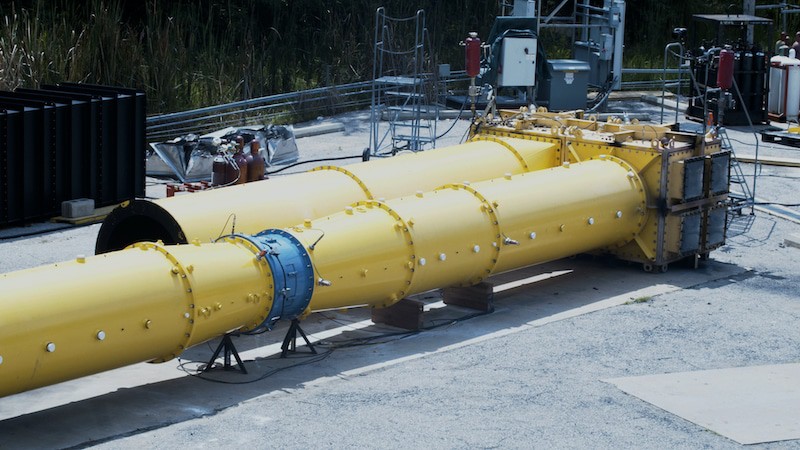
“Fike’s experience with traditional single-flap designs showed that they do not scale efficiently to larger diameters,” said Andrew Tworek, Fike Senior Mechanical Engineer Team Leader. “Heavier and more robust flap, shaft and latch assemblies react slower to deflagrations and impart greater collision loads at the sealing interface. A dual-flap design enables the assembly to be lighter weight, faster reacting, and ultimately a more reliable and cost-effective solution for large-diameter passive isolation.
During the research and development of DFI, the testing and validation team documented inconsistencies found between testing setups suggested by standard EN16447 and actual industrial processes. Flap valves currently on the market, many of which are installed in systems throughout the world, were tested at Fike’s Remote Testing Facility. Of the flap valves tested, 13 of the 14 tests failed to isolate flames during a deflagration.
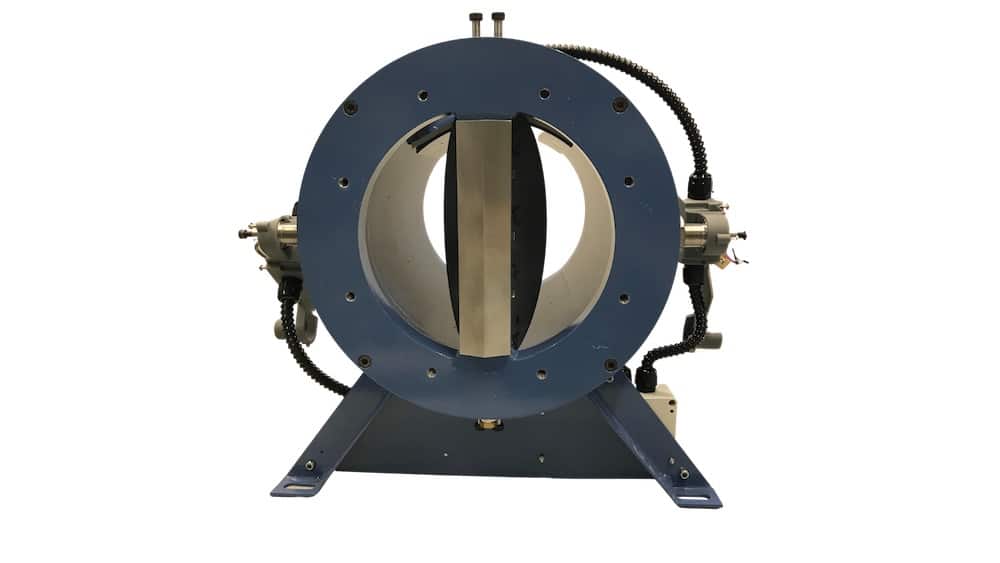
DFI was tested to exceed EN16447 requirements and simulate conditions it may experience during a real industrial deflagration by:
- Including a pipeline on the protected side of the flap valve with additional dust injectors (not required by EN16447)
- Retaining flaps in an open position precisely until ignition or flow reversal (otherwise, the flap valve is not realistically challenged by the pressure and flames)
- Using explosion vent panels instead of open venting ports (pressure and flames escape through the ports rather than challenge the flap valve)
The dual-flap isolation valve is designed for installation in both vertical and horizontal orientations, close to bends, and near vessels due to the fast-closing flaps. Furthermore, because of its resistance for pressures up to 1.5 barg and effectiveness against a variety of combustible dust including ST1, ST2, light metal, and low MIE dust, Fike DFI is suitable for nearly every industrial application.





